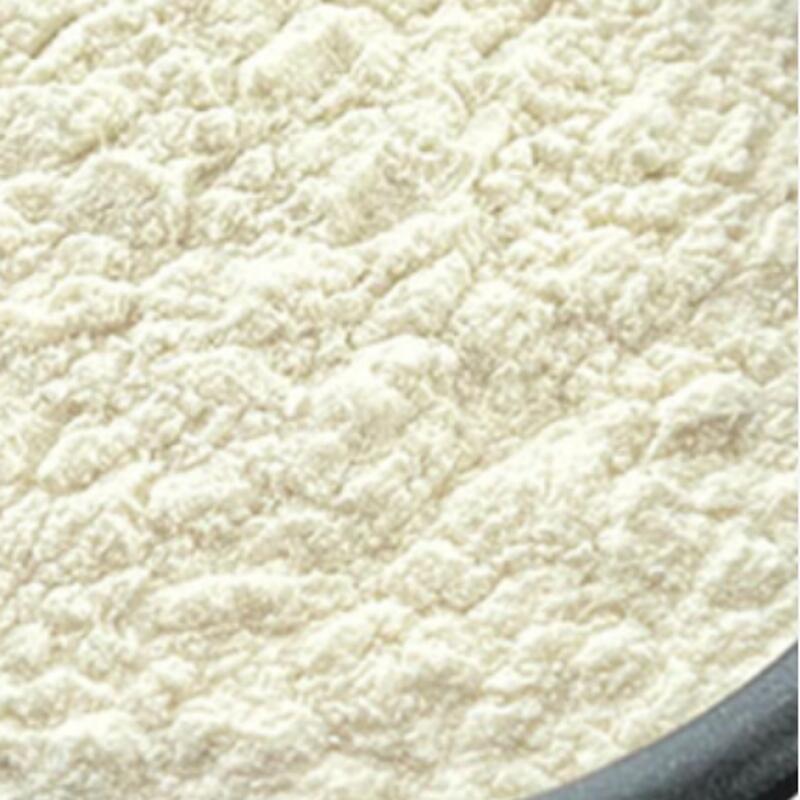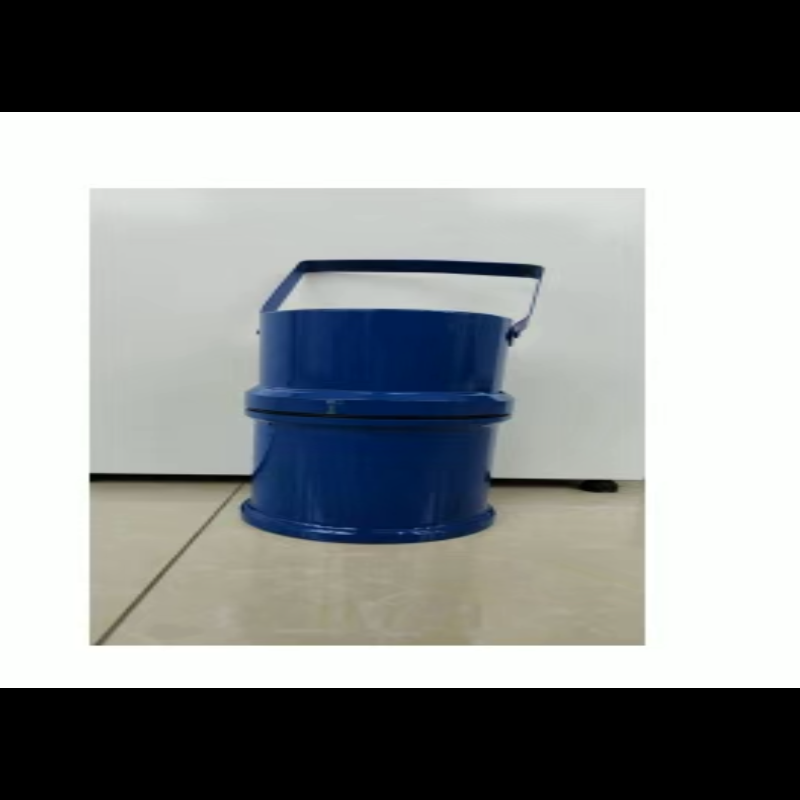-
Categories
-
Pharmaceutical Intermediates
-
Active Pharmaceutical Ingredients
-
Food Additives
- Industrial Coatings
- Agrochemicals
- Dyes and Pigments
- Surfactant
- Flavors and Fragrances
- Chemical Reagents
- Catalyst and Auxiliary
- Natural Products
- Inorganic Chemistry
-
Organic Chemistry
-
Biochemical Engineering
- Analytical Chemistry
-
Cosmetic Ingredient
- Water Treatment Chemical
-
Pharmaceutical Intermediates
Promotion
ECHEMI Mall
Wholesale
Weekly Price
Exhibition
News
-
Trade Service
Injection-related substances refer to the substances that may be contained in the injection and need to be controlled after the Chinese medicinal materials are extracted and purified into injections
(1) Protein inspection (General Rule 2401)
1.
(1) If the vegetable protein in the Chinese medicine injection is not removed, it is easy to cause adverse reactions due to the heterosexual protein after the injection, so the protein should be checked
(2) This method uses the protein to be positive when the pH is less than the isoelectric point, which can be combined with sulfosalicylic acid or tannic acid to form an insoluble precipitate to determine the presence of protein
2.
(1) Unless otherwise specified, take 1ml of injection, add 1ml of newly prepared 30% sulfosalicylic acid solution (take 3g of sulfosalicylic acid , add water to dissolve to make 10ml), shake well, and place for 5 minutes.
(2) If the injection contains components that can cause precipitation when exposed to acid (such as baicalin, anthraquinones, etc.
3.
(1) The 30% sulfosalicylic acid solution should be newly prepared before use
(2) If the reaction is not obvious, use water for injection as a blank, operate with the same method, and compare
4.
5.
(1) Record the sample volume, test solution name and dosage
(2) Record the phenomena and experimental results observed during the experiment
(2) Tannin inspection (general rule 2402)
1.
(1) If there are more tannins in Chinese medicine injections, it will irritate the human body and cause pain, so check the tannins
(2) This method uses protein and tannin to form tannin protein in water and precipitates to determine the presence of tannin
.
2.
Method of operation
(1) Take 1ml injection and add a newly prepared physiological sodium chloride solution containing 1% egg white (take 1ml fresh egg white, add physiological sodium chloride solution to dissolve it to make 100ml, shake well
.
If necessary, use a micropore Filter membrane (0.
45um filter) 5ml, leave it for 10 minutes, no turbidity or precipitation should appear
.
(2) If turbidity or precipitation occurs, another 1ml injection should be taken, and 1 drop of dilute acetic acid should be added, and 4 to 5 drops of sodium chloride gelatin test solution should be added to prevent turbidity or precipitation
.
3.
Matters needing attention
(1) If the result is not obvious, use water for injection as a blank, operate with the same method, and compare
.
(2) a polyethylene glycol , polysorbate and the like as polyoxyethylene injection group substances, although not tannin precipitation, injection should be taken of such semifinished product inspection before additional agent is not added
.
4.
Results and Judgment Placed for 10 minutes without turbidity or precipitation, it is judged as conforming to the regulations
.
5.
Record
(1) Record the sample volume, test solution name and dosage
.
(2) Record the phenomena and experimental results observed during the experiment
.
(3) Resin inspection (general rule 2403)
1.
Brief description
(1) If the Chinese medicine injection contains resin, it will cause pain, so check the resin
.
(2) This method uses resin to precipitate flocculent precipitation in acidic water to determine the presence of resin
.
2.
Method of operation
(1) Unless otherwise specified, take 5ml of injection, add 1 drop of hydrochloric acid, and leave it for 30 minutes without precipitation
.
(2) If precipitation occurs, take another 5ml injection solution, add 10ml chloroform , shake to extract, divide the chloroform solution, put it on a water bath and evaporate to dryness, add 2ml of glacial acetic acid to the residue to dissolve it, and place it in a test tube with a stopper , Add 3ml of water, mix well, and let it stand for 30 minutes without precipitation
.
3.
Matters needing attention
(1) When extracting with chloroform , it should be fully placed to make the stratification complete, otherwise, false positives are prone to occur
.
(2) If the result is not obvious, use water for injection as a blank, operate with the same method, and compare
.
4.
Results and Judgment Place for 30 minutes, if no precipitation is deposited, it is judged as conforming to the regulations
.
If there is flocculation, it is also judged as non-compliance
.
5.
Record
(1) Record the sample volume, test solution name and dosage
.
(2) Record the phenomena and experimental results observed during the experiment
.
(4) Oxalate inspection (General Rule 2404)
1.
Brief description
(1) If traditional Chinese medicine injection contains oxalate, it can decalcify the blood when entering the blood, produce anticoagulant effect, and even cause spasm.
Also, the formation of water-insoluble calcium oxalate can cause thrombosis.
Therefore, injections for intravenous injection should be used for intravenous injection.
Check oxalate
.
(2) This method uses the reaction of oxalic acid and calcium chloride to produce water-insoluble calcium oxalate to determine the presence of oxalate
.
2.
Operation method Unless otherwise specified, take an appropriate amount of solution-type intravenous injection, adjust the pH to 1-2 with dilute hydrochloric acid, filter, take 2ml of the filtrate, adjust the pH to 5-6 with sodium hydroxide test solution for the filtrate , add 3% calcium chloride solution (take 3g of calcium chloride , add water to dissolve to 100ml, shake well) 2 to 3 drops, leave it for 10 minutes, there should be no turbidity or precipitation
.
3.
Matters needing attention If the result is not obvious, use water for injection as a blank, operate with the same method, and compare
.
4.
Results and Judgment Leave it for 10 minutes, if there is no turbidity or precipitation, it is judged to meet the requirements
.
5.
Record
(1) Record the sample size, test solution name and dosage.
(2) Record the phenomena and experimental results observed during the experiment
.
(5) Ion inspection (General Rule 2405)
1.
Brief description
(1) If the potassium ion content in Chinese medicine injection is too high, it can cause obvious local irritation (pain response) and myocardial damage
.
When used for intravenous injection, it will cause the patient's blood potassium ion concentration to be too high and make the electrolyte balance imbalance.
Therefore, the potassium ion in the injection for intravenous injection should be checked for a limited amount
.
(2) This method uses potassium ions and sodium tetraphenylborate to generate precipitation under acidic conditions, and judges the concentration of potassium ions based on turbidity
.
2.
Method of operation
(1) Preparation of standard potassium ion solution: Take an appropriate amount of potassium sulfate, grind it, and dry at 110°C to a constant weight, accurately weigh 2.
23g, and place it in a 1000ml volumetric flask.
Add appropriate amount of water to dissolve and dilute to the mark.
Shake well.
As a stock solution
.
Immediately before use, accurately measure 10ml of the stock solution, place it in a 100ml measuring flask, add water to dilute to the mark, and shake well to obtain (each 1ml is equivalent to 100ug of K), which is used as a standard potassium ion solution
.
(2) Preparation of the test solution: Unless otherwise specified, take 2ml of intravenous injection solution, evaporate to dryness, first burn with a small fire until charred, then burn at 500~600℃ until completely ashed, add 2ml of dilute acetic acid Dissolve and transfer to a 25ml measuring flask, add water to dilute to the mark, shake well, and use as the test solution
.
(3) A and Binafer colorimetric tubes: Take two 10ml Nessler colorimetric tubes, numbered A and B tubes
.
Accurately add 0.
8ml of standard potassium ion solution to tube A, add 1ml of test solution to tube B, add alkaline formaldehyde solution to tube A and tube B respectively (take formaldehyde solution, use 0.
1mol/L sodium hydroxide solution Adjust the pH to 8.
0~9.
0) 0.
6ml, 2 drops of 3% ethylenediaminetetraacetate disodium solution, 0.
5ml of 3% sodium tetraphenylborate solution, dilute with water to 10ml, shake well
.
(4) Comparison of results: The two tubes A and B are placed on black paper together, and the turbidity shown in tube B is compared with tube A, and should not be thicker
.
3.
Matters needing attention
(1) The standard potassium ion stock solution should be stored in the refrigerator.
Before use, the standard potassium ion stock solution should be accurately measured and freshly diluted and prepared
.
(2) When the test product is carbonized, it should be heated slowly to prevent errors caused by bumping, and the ashing must be complete
.
4.
The result is compared with the judgment of tube A and tube B.
The turbidity displayed in tube B is shallower than that in tube A, and it is judged to meet the requirements
.
5.
Record
(1) Record the sample sampling volume, standard potassium ion sampling volume, test solution name and dosage
.
(2) Record the phenomena and experimental results observed during the experiment
.
Related Links: Adhesion Test Method for Plasters (General Rules 0592) (2)







